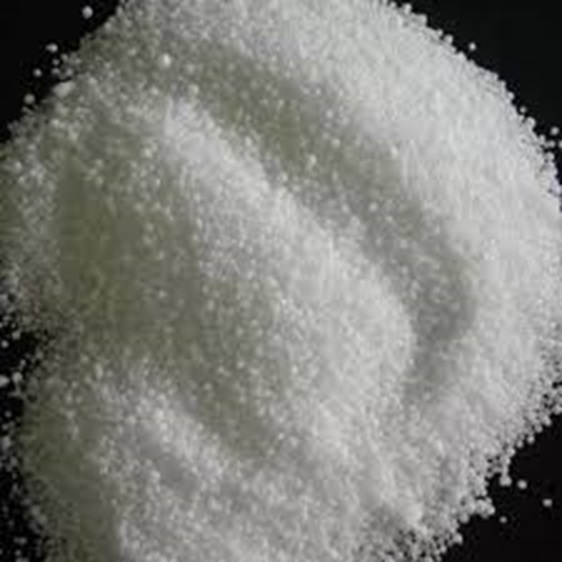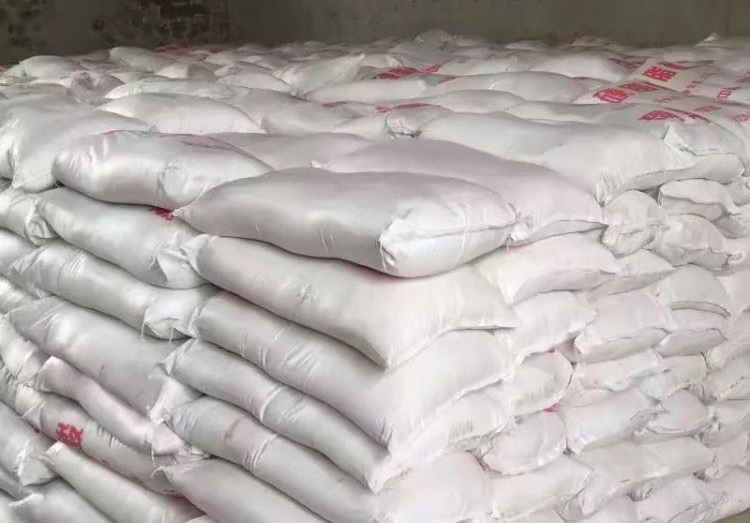We unleash your business potential by maximize the business innovation.
Send EmailSTEARIC ACID, Stearic Acid, Bead Flake, 1838, 1839, 1843, 1845, 1852, 1865, 57-11-4
🧪 Stearic Acid Grades – Technical Overview
| Code | Grade | Purity (%) | Form | C18 Ratio | Description |
|---|---|---|---|---|---|
| 1838 | Rubber Grade | 85–90 | Bead/Flake | Medium | Optimized for PVC and rubber; high palmitic/oleic content |
| 1839 | Cosmetic Grade | 95+ | Bead/Flake | High | Skin-compatible, odorless; ideal for personal care |
| 1843 | Plastic Grade | ~90 | Bead | Medium | Suitable for thermoplastics; aids dispersion |
| 1845 | Candle Grade | ~90 | Flake | Medium | Balanced hardness and gloss for candle production |
| 1852 | Paint Grade | Technical | Flake | Low | Rheological stabilizer for coatings and paints |
| 1865 | Pharma Grade (Triple Pressed) | 98+ | Flake | High | USP/EP compliant; suitable for food and pharma use |
🏭 Sector Compatibility Matrix
Legend: 🟩 Fully Suitable 🟨 Partially Suitable 🟥 Not Suitable
| Sector / Code | 1838 | 1839 | 1843 | 1845 | 1852 | 1865 |
|---|---|---|---|---|---|---|
| Cosmetics | 🟥 Not suitable – technical grade, poor skin compatibility | 🟩 Fully suitable – skin-safe, odorless | 🟨 Partially suitable – technical grade, limited use | 🟨 Partially suitable – usable in wax-based cosmetics | 🟥 Not suitable – lacks skin compatibility | 🟩 Fully suitable – triple pressed, pharma-grade |
| Pharma / Food | 🟥 Not suitable – fails regulatory standards | 🟨 Partially suitable – cosmetic grade, not USP | 🟥 Not suitable – plastic grade, not food-safe | 🟥 Not suitable – wax grade, not food-safe | 🟥 Not suitable – paint grade, not food-safe | 🟩 Fully suitable – USP/EP compliant, food/pharma approved |
| PVC / Rubber | 🟩 Fully suitable – vulcanization compatible | 🟥 Not suitable – cosmetic grade, lacks technical fit | 🟩 Fully suitable – thermoplastic compatible | 🟥 Not suitable – wax grade, not technical | 🟨 Partially suitable – rheological additive possible | 🟥 Not suitable – pharma grade, overly pure and costly |
| Plastics (PE/PP) | 🟨 Partially suitable – limited dispersion | 🟥 Not suitable – cosmetic grade, not technical | 🟩 Fully suitable – excellent dispersion and processing | 🟥 Not suitable – wax grade, not compatible | 🟨 Partially suitable – rheological additive possible | 🟥 Not suitable – pharma grade, cost-prohibitive |
| Candle Making | 🟨 Partially suitable – low gloss | 🟨 Partially suitable – cosmetic grade, limited gloss | 🟥 Not suitable – plastic grade, incompatible | 🟩 Fully suitable – optimized for gloss and hardness | 🟥 Not suitable – paint grade, incompatible | 🟨 Partially suitable – technically usable but expensive |
| Paint / Coatings | 🟩 Fully suitable – rheological stabilizer | 🟥 Not suitable – cosmetic grade, not compatible | 🟨 Partially suitable – plastic grade, may aid dispersion | 🟥 Not suitable – wax grade, not compatible | 🟩 Fully suitable – designed for coatings | 🟥 Not suitable – pharma grade, not technical |
| Metallic Stearate Production | 🟩 Fully suitable – technical grade | 🟨 Partially suitable – high purity, limited use | 🟩 Fully suitable – thermoplastic compatible | 🟥 Not suitable – wax grade, not applicable | 🟨 Partially suitable – rheological additive possible | 🟩 Fully suitable – high purity, ideal for specialty stearates |
✅ Best All-Around Grade: 1865 – Pharma Grade (Triple Pressed)
| Attribute | Value |
|---|---|
| Purity | ≥98% (Triple Pressed) |
| C18 Ratio | High |
| Compliance | USP/EP, Food Grade, Cosmetic Safe |
| Form | Flake |
| Compatibility | ✔ Cosmetics, ✔ Pharma/Food, ✔ Metallic Stearates, ⚠ Candle, ⚠ Plastics, ❌ PVC/Rubber |
Why it's the most versatile:
-
Meets pharma and food regulations (USP/EP compliant)
-
Safe for skin contact (cosmetic-grade purity)
-
Can be used in high-end candle and plastic formulations
-
Ideal for metallic stearate production due to high purity
-
Only limitation: not cost-effective or chemically optimized for PVC/rubber applications
🟨 Alternative: 1839 – Cosmetic Grade
| Strengths | High purity, skin-safe, usable in candles and some plastics | | Limitations | Not pharma-grade, not suitable for PVC/rubber or food use |
🟥 Not Recommended for All-Purpose Use:
-
1838 (Rubber Grade): Too technical, not skin-safe or compliant
-
1843 (Plastic Grade): Limited to thermoplastics
-
1845 (Candle Grade): Optimized for wax, not versatile
-
1852 (Paint Grade): Only suitable for coatings
🧪 Stearic Acid – Technical Overview
Chemical Name: Stearic Acid
Synonyms: Octadecanoic Acid, Cetyl Acetic Acid, Stearophanic Acid
CAS Number: 57-11-4
Chemical Formula: C₁₈H₃₆O₂
Molecular Weight: 284.48 g/mol
Physical Form: White to creamy powder, flakes, or beads
Odor: Odorless
Packaging: Typically in bags (e.g., 25 kg)
🌿 Description
Stearic acid is a saturated long-chain fatty acid with an 18-carbon backbone. It naturally occurs in both animal and vegetable fats and oils, often in the form of triglycerides (glycerides). After hydrolysis, it is separated and purified for industrial use. It is solid at room temperature and has a waxy texture.
Commercial stearic acid is often a blend of stearic acid, palmitic acid, and small amounts of oleic acid. It is widely used due to its emulsifying, thickening, lubricating, and stabilizing properties.
🏭 Production Process
Stearic acid is produced through:
-
Hydrolysis – Breaking down fats/oils with water and heat
-
Hydrogenation – Saturating unsaturated fatty acids
-
Distillation – Purifying and separating stearic acid fractions
Sources include:
-
Vegetable oils (e.g., palm, coconut)
-
Animal fats (e.g., tallow)
🧴 Applications by Industry
🔹 Cosmetics & Personal Care
-
Emulsifier and thickener in creams, lotions, shampoos, soaps
-
Enhances texture and stability
-
Used in shaving foams and deodorants
🔹 Pharmaceuticals
-
Tablet binder and lubricant
-
Carrier in topical formulations
-
USP/EP grade available
🔹 Plastics & Polymers
-
Processing aid in PVC, PE, and other thermoplastics
-
Improves mold release and flow properties
🔹 Food Industry
-
Emulsifier and texture agent (E570)
-
Used in chocolate and confectionery
🔹 Other Uses
-
Candle manufacturing
-
Paints and coatings
-
Detergents and surfactants
-
Textile auxiliaries
-
Paper and leather processing
🧾 ERP Cataloging – Key Variants
| Code | Grade / Form | Primary Use |
|---|---|---|
| 1838 | Bead / Flake – Technical | Detergents, soaps, textile auxiliaries |
| 1839 | Flake – Cosmetic Grade | Creams, lotions, personal care |
| 1843 | Powder – Rubber Grade | PVC, PE, mold release |
| 1845 | Granule – Candle Grade | Candle production |
| 1852 | Bead – Paint Grade | Coatings, pigment dispersion |
| 1865 | Powder – Pharma Grade | Tablet binding, emulsions |

